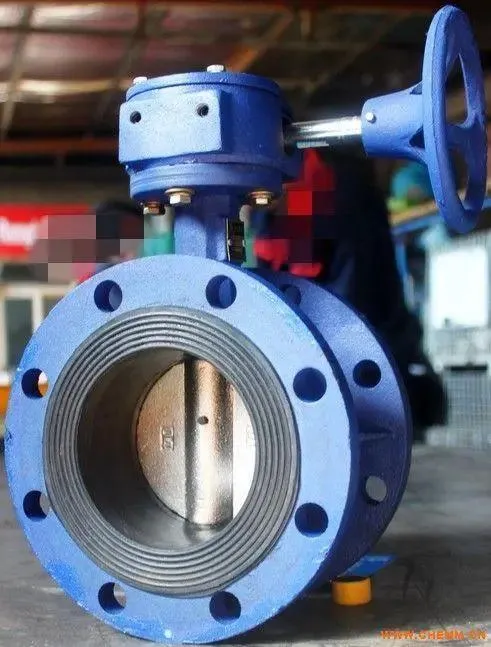Nov . 23, 2024 13:45 Back to list
building a welding table
Building a Welding Table A Comprehensive Guide
Creating a sturdy and functional welding table is a fundamental project for any DIY enthusiast or professional welder. A well-built welding table not only provides a stable working surface but also enhances safety and efficiency in your metalworking tasks. In this article, we will explore the essential considerations and steps involved in building your own welding table.
Step 1 Planning Your Welding Table
Before you start gathering materials, it’s important to outline your needs and goals for the welding table. Consider the following factors
1. Size The dimensions of the table should be based on the type of projects you plan to undertake. A typical welding table can range from 3 feet by 4 feet to larger sizes depending on your workspace and project requirements.
2. Height The height of the welding table is crucial for comfort and ergonomics. Most welding tables are between 28 to 36 inches tall. If you plan to work on larger projects, consider a higher table that allows for safe maneuverability.
3. Material A heavy-duty, flat surface is essential for welding tasks. Common materials include steel plates, which can withstand high temperatures and provide a durable surface for various applications.
Step 2 Gathering Materials and Tools
Once you have a plan in place, gather your materials and tools
. Here’s a basic list of what you will need- Materials - Steel sheets (for the tabletop) - Steel tubing (for the frame and legs) - Welding rods or wire (depending on your welding method) - Tools - Welding machine (MIG, TIG, or stick welder) - Metal cutter (plasma cutter or angle grinder) - Clamps - Measuring tape - Angle grinder (for finishing edges) - Level
Step 3 Building the Frame
building a welding table

Start by building the frame of the table. Cut the steel tubing to the desired lengths for the legs and supports. A sturdy frame is crucial as it provides stability and can support heavy materials. Assemble the frame using your welding machine, ensuring all joints are strong and well-aligned. For added stability, consider adding diagonal braces.
Step 4 Attaching the Tabletop
Once the frame is complete, it’s time to attach the steel sheet that will serve as your tabletop. Ensure that the surface is level and securely fastened to the frame. You might want to use bolts or additional welding to make sure that the tabletop will withstand the heat and stresses of welding.
Step 5 Finishing Touches
After assembling the table, you can add a few finishing touches. This may include
- Grounding Clamp Attach a grounding clamp to ensure that you have a good electrical connection when welding.
- Utility Shelf Consider adding a lower shelf or hooks for tools and equipment to keep your workspace organized.
- Paint or Coating While not strictly necessary, applying a protective coating can help prevent rust and prolong the life of your table. High-temperature paint can be a good option.
Conclusion
Building a welding table is a rewarding project that can greatly enhance your metalworking capabilities. With careful planning, quality materials, and attention to safety, you can create a custom workspace that meets your specific needs. Not only will your new welding table provide you with the stability required for precision work, but it will also become a central part of your workshop, facilitating creativity and craftsmanship in your welding projects. Get started today, and enjoy the benefits of a dedicated space for your welding endeavors!
-
thread-plug-gauge-our-promise-of-measurement-excellenceNewsAug.22,2025
-
gauge-pin-class-reflecting-quality-legacyNewsAug.22,2025
-
check-valve-types-for-high-rise-buildingsNewsAug.22,2025
-
water-control-valve-for-irrigation-systemsNewsAug.22,2025
-
gate-valve-with-soft-seal-technologyNewsAug.22,2025
-
y-type-strainer-for-oil-and-gas-applicationsNewsAug.22,2025
Related PRODUCTS









